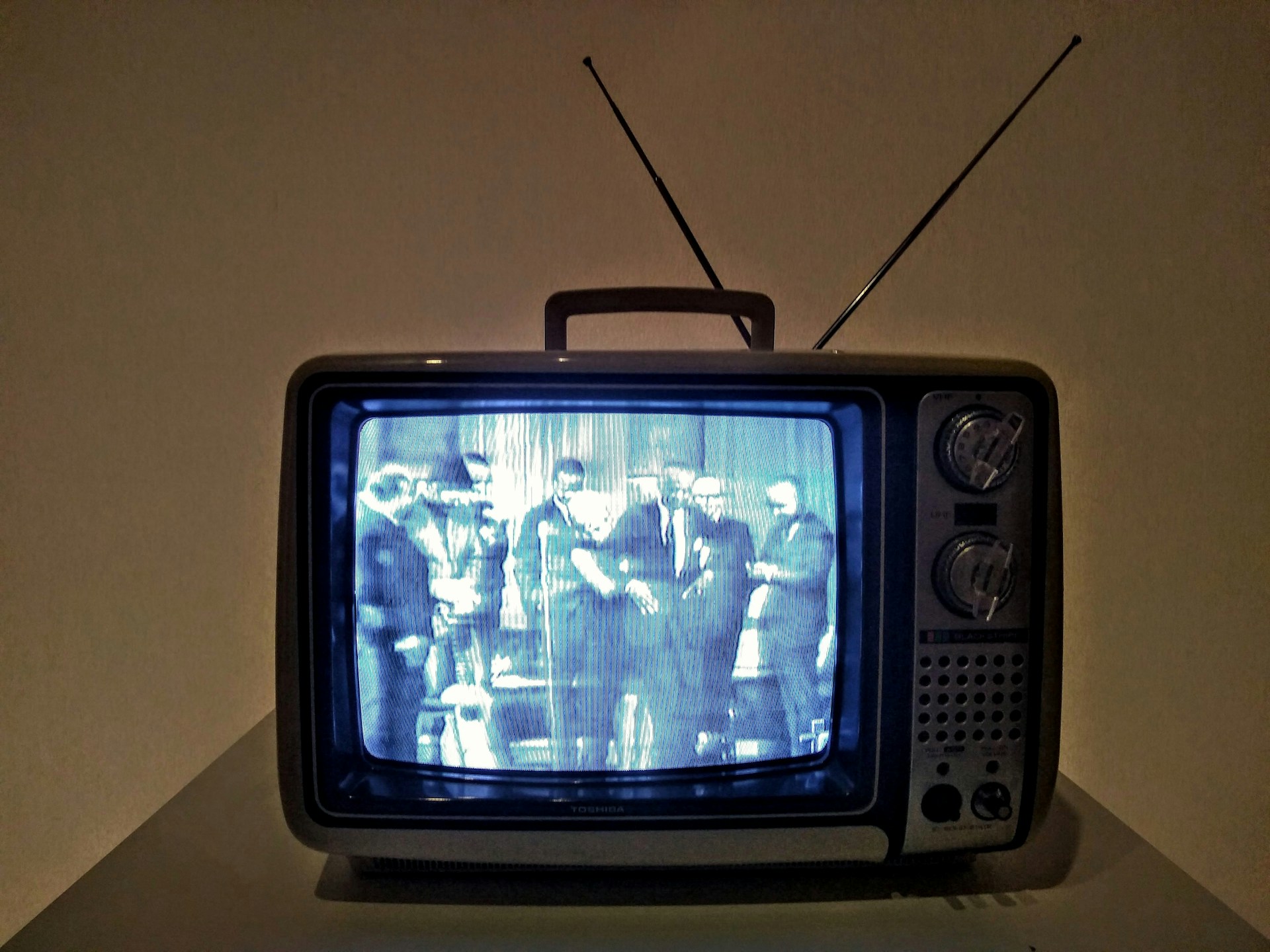
The Cost of TV Ads for Small Businesses
Introduction
For small businesses, understanding the cost of TV advertising is crucial. While TV ads can be an effective way to reach a broad audience, they can also be expensive. In this article, we’ll break down the costs associated with TV advertising and offer tips on how small businesses can make the most of their budget.

Factors Influencing the Cost of TV Ads
- Time Slot: The time slot during which your ad airs significantly impacts the cost. Prime-time slots, when viewership is highest, are more expensive than late-night or daytime slots.
- Ad Length: The duration of your ad also affects the cost. Standard ads are typically 30 seconds long, but shorter and longer options are available at varying prices.
- Network and Program: Ads on popular networks and during high-rated shows cost more. For example, a 30-second ad during the Super Bowl can cost millions of dollars.
- Geographic Reach: National ads are more expensive than local ads. If your business serves a specific region, local TV ads can be a more cost-effective option.
– Local TV Ads: Local ads can cost anywhere from $200 to $1,500 per 30-second slot, depending on the market size and time slot.
– National TV Ads: National ads can range from $20,000 to several hundred thousand dollars for a 30-second slot, with prime-time slots on major networks being the most expensive.
Maximizing Your Budget
- Know Your Audience: Understanding your target audience helps you choose the right time slots and programs for your ads. For example, if you’re targeting millennials and Gen Z, consider advertising during popular shows or events that these age groups watch.
- Use Local Ads: If your business primarily serves a local area, local TV ads can provide good value. They cost less and allow you to target your specific market more effectively.
- Negotiate Rates: TV ad rates are often negotiable. Don’t be afraid to negotiate with networks or cable providers to get the best deal.
- Create High-Quality Ads: Investing in a well-produced ad can make a significant difference. A professional-looking ad can capture attention and make your business appear more credible.
- Track and Measure Performance: Use tools like Nielsen ratings and digital tracking to measure the success of your ads. Analyzing performance data helps you optimize your campaigns and ensure you’re getting the best return on investment.

Alternatives to Traditional TV Ads
If TV ads are outside your budget, consider alternative advertising methods:
– Streaming Services: Platforms like Hulu offer ad options that can be more affordable and targeted.
– Social Media Ads: Platforms like YouTube, Instagram, and TikTok offer video ad options that can reach millennials and Gen Z effectively.
– Influencer Partnerships: Collaborating with influencers can provide a cost-effective way to reach your target audience through authentic and relatable content.
Conclusion
While TV advertising can be costly, it offers significant reach and impact. By understanding the factors influencing ad costs and using strategies to maximize your budget, small businesses can effectively leverage TV ads to boost their visibility and attract customers. Additionally, exploring alternative advertising methods can complement your TV ad strategy and help you reach a broader audience, including millennials and Gen Z.




